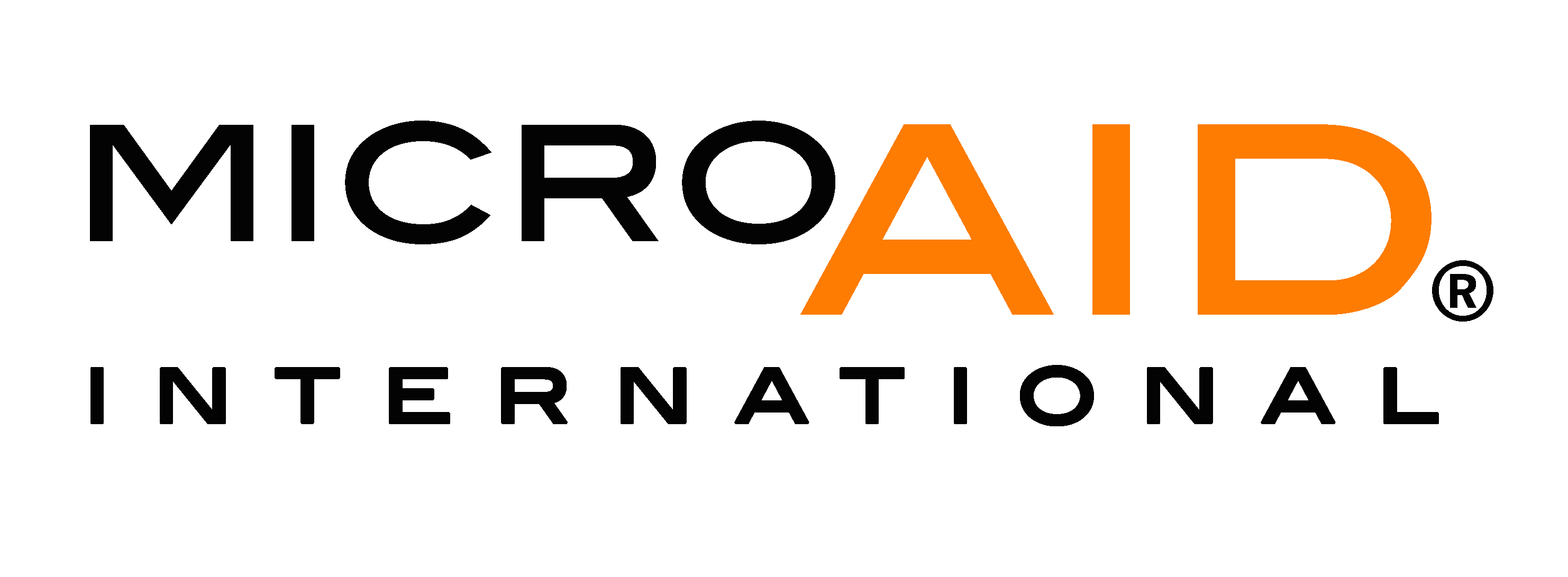Got Machete?
- Jon Ross
- Mar 15, 2012
- 3 min read
The morning light creeps down the steep verdant hills behind the village as the sun rises in the east. Already, I can hear the sound of the chainsaw high up in the jungle—among the tangle of palms, vines, prehistoric giant foliage, and swarms of mosquitoes—cutting down another tree for the canoes.

matafaa jungle on lefaga bay
Out on Lefaga Bay, older boys are shuttling kids to school across the water in the few canoes they already have.

matafaa taxi
Earlier, Tuilagi, my handler and all-around great guy, brings me breakfast of young coconuts, bananas, and cocoa—Matafaa room service—all from the surrounding jungle.

tuilagi and son

“Here, life is easy,” he says in not so perfect English, “because food is free.” He was surprised when I asked how I could open the coconuts: “You don’t have a machete?”

timber!

no machete

traditional hand tools, traditional bad backs

Last night, after a long day of carving canoes (the guys, not me; although they did let me hack away at the rough parts early in the process), the high chief, or “matai”, came to my room to say hello—a high honor. Higher yet, he brought the most special gift: a can of corned beef. Not to be taken lightly, this gesture means a lot when that purchased item represents a month of work. The MicroAid project will bring much needed cash to the community, as we are paying the local men to do the carving, in addition to the canoes themselves.

using a braided vine soaked in charr-water to snap a line

high chief repairing tools

In the evening glow last night, I meandered along the road (the last 200 yards of it, anyway) to the end of the village along the curving headlands bordered by a shallow turquiescent lagoon. A few women were wading in from the far edge abutting the deeper, darker water. They were collecting something into jars.

low tide Lefaga Bay
As they came ashore, they greeted me with the familiar “talofa,” and I asked them what they were doing. Communicating the best they could—“cabbage,” “not land fruit,” and “sea water”—one of the women finally opened her jar and proffered a taste. The tiny translucent green, grape-like cluster that I popped into my mouth had the distinct texture and flavor of caviar. The woman assured me that it was a vegetable, but indeed, that the fish loved it, too.

Tomorrow, I will tour a number of other villages that are candidates for fishing kits. Before I left Apia—the sultry, gritty hub of the Pacific—I met with the UNDP (United Nations Development Programme) representative, who put me in touch with the local CCSDP (Community Centered Sustainable Development Project) head, who was coordinating the tsunami early recovery livelihood projects. Finally, the right guy! He told me what goes into the kits (printed out an actual budget), where to get the stuff, which villages still need them, and how they are monitored. A perfect MicroAid situation; we even benefit from their early mistakes, as the fishing nets they provided were no the right ones according to the villages.

Nanai (CCSDP)
Coming in after the other organizations have been there gives MicroAid the benefit of their experience—we will provide the right nets at the right price.
Of course, price is a relative thing. Here in Samoa things are very expensive because everything has to be shipped in from New Zealand or somewhere farther.

hardware store in Apia, also has a liquor department—good combo
In fact, the chainsaw we purchased for the canoe project was about twice the price of a similar one at The Home Depot at home—but there is no Home Depot, no home. In the meantime, we make canoes…

days with a chainsaw, months by hand

























Comments